Across the United States, hotshot crews organized by federal, tribal, state, and local government agencies respond to tens of thousands of wildfires each year, and that number is only rising. Since 2015, the number of wildfires in the U.S. has increased by about 100 large fires annually.
Wildfires are most likely to occur from August through November in the Western U.S., but hotshot crews are in greater demand now more than ever as wildfire seasons are growing longer and more intense. In light of these challenges, securing proper facilities for hotshot crews to respond to and fight wildfires is imperative.
Independent Facilities for Hotshot Crews Are Vital
Despite their integral role in fighting fires that destroy 7 million acres of land and over 2,600 structures per year, hotshot crews do not always have their own official independent facilities.
In the past, hotshot crews have had to share their base of operations with other organizations due to a lack of available facilities. Sharing space is often not feasible or efficient given the types of equipment and resources hotshot crews need to do their job well.
Types of Hotshot Crew Facilities
Beyond independent facilities, providing hotshot crews with structurally-sound, robust, functional, and safe structures is also crucial. Popular options for hotshot crew operation bases include:
- Trailers
- Wooden Structures
- Pop-Up Tents or Canopies
- Engineered Fabric Structures
Wooden structures are often used because they have the benefit of being readily available as existing structures. Trailers, pop-up tents, or canopies may be easily acquirable and fast to set up. But the benefits of these structures largely stop there.
The drawback to using trailers, wooden structures, or pop-up tents and canopies for hotshot facilities is that they are:
- Vulnerable to deterioration from harsh weather conditions
- Susceptible to destruction during natural disasters
- Limited in the space provided for storage and essential activities
- Not temperature-controlled or UV-protected
Alternatively, engineered fabric structures, such as those from Alaska Structures®, offer a solution with all the benefits without the drawbacks of the other kinds of structures.
Building Facilities for Hotshot Crews Fighting Wildfires
Ideal facilities for hotshot crews go beyond just a place to store equipment. There are so many moving parts to a successful wildfire response operation.
Basic Facilities for Hotshot Crews
Aside from responding to fires, the day-to-day operations of hotshot crews can also involve community education, administrative duties, and intense training. At a minimum, agency administrators are typically responsible for providing hotshot crews with:
- Office space
- A crew ready room
- Access to physical training facilities
- Storage for equipment
- Fire cache
Optimal Facilities for Hotshot Crews
Of course, some bases of operation have even more resources than others. In addition to the basic building blocks of a hotshot facility, organizations may consider building additional structures to support their crews’ efforts, such as:
- Sleeping quarters
- Bathrooms
- Kitchens
- Vehicle maintenance garages
- Workshops
- Classrooms for crew and community education
In many ways, facilities for hotshot crews serve as a home away from. A fully functional fire station should be capable of supporting the needs of both the fire department personnel and their community, so they can do their job to the best of their ability.
Benefits of Engineered Fabric Structure Facilities for Hotshot Crews
Of all the current options available to agencies seeking to build facilities for hotshot crews, engineered fabric structures offer a wide range of benefits ranging from safety to cost-savings.
Fabric Structures Engineered and Built for Safety
Hotshot crews face danger head-on every time they are dispatched to fight a wildfire. They shouldn’t have to face even more danger when they are at their base of operations. Facilities for hotshot crews should provide a maximum level of safety and protection against hazards, such as:
- Fire/smoke
- Prolonged sun exposure
- Heavy wind
- Rain
- Snow and cold temperatures
Alaska Structures’s top-of-the-line engineered fabric structures go beyond the most basic level of structural engineering and are designed to meet specific wind and snow loads required by local or international building code (IBC). Agencies can be confident they are doing all they can to protect both their crew members and equipment using highly portable and durable fabric structures designed specifically for their needs.
Built-in Comfort Using Fabric Structures
After an intense day of fighting fires, some hotshot crew members only have a sleeping bag on the floor to look forward to for rest and recovery. With Alaska Structures, hotshot crew members will be able to come back to a comfortable sleeping space in private, temperature-controlled rooms.
Alaska Structures’ hard-wall partition systems also allow for creating areas for crew recreation in downtime and kitchens. With customizable options such as lighting and electrical systems, insulation packages, and glass sliding windows, our buildings provide a true feeling of a home away from home.
[Related: Guide to Workforce Accommodations in Remote Locations]
Purpose-Designed Quick-Erect Shelters
When hotshot crews are called upon to respond to an emergency, they require buildings that are designed to meet the needs of any situation. Whether your hotshot crew facilities will cover basic necessities or provide a range of ideal resources outlined above, engineered fabric structures offer a diversity of design.
Why be restricted to a mobile command center the width of a trailer? Instead, organizations can opt for more spacious structures like those in the Alaska Structures® XPL Series, with facilities of any length and widths ranging from 12 to 20 feet.
Need to set up a temporary facility further from your base of operations? Unlike wooden structures, Alaska Structures’ engineered fabric buildings are portable and easy to install. After their off-site mission, hotshot crews can pack up the engineered fabric structures and store them until they are needed again. Plus, the structures can withstand routine use with long-lasting durability.
Long-Lasting Durability
The demand for hotshot crews has increased over the past decade (and seems to only be on the rise). Facilities for hotshot crews should be able to withstand the test of time and continue to keep crew members safe for years to come.
While wood-built structures don’t offer a high degree of portability and pop-up canopies are prone to breaking, engineered fabric structures from Alaska Structures utilize the highest-quality materials to ensure the ultimate protection against any weather.
Our long-lasting tensile fabric membranes offer a higher abrasion resistance than other polyvinyl- or polyethylene-based fabrics, are UV-stabilized (not coated!) for prolonged exposure to high solar loads, exceed the fire safety requirements outlined in the California Code of Regulations for membrane structures, will not rot, are mold and mildew resistant, and are chemically inert.
Our high-strength frame systems are made of either galvanized steel or aircraft-grade aluminum (depending on the building model and engineering required). We also offer an optional powder-coating to further protect the frames from the harsh conditions where hotshot crew facilities are typically needed, including coastal areas that experience sea-spray or salt air, as well as hot and tropical climates.
As a result, engineered fabric structures can provide facilities for hotshot crews that exceed the advantages of traditional buildings, including other prefabricated building solutions. This, in addition to their low-maintenance requirements, makes them excellent long-term durable solutions.
Energy-Efficient Savings
Superior structural solutions come with superior savings. Engineered fabric structures have the added benefit of offering energy-efficient savings, so you may allocate funds to upgrade equipment or other necessities. There are several sources for savings:
- Energy for lighting: With translucent fabric, natural light can be leveraged to reduce the need for electrical and lighting during the day.
- Efficient and temperature-controlled facilities: Save money with proprietary HVAC and insulation systems to reduce cooling and heating costs.
- Economical shipping: An engineered fabric structure uses low-cube packaging for quick, cost-effective shipping.
- Safely anchor to virtually any surface: Spend less time preparing the site for the installation of a building, and more time focused on fire fighting.
- Maintenance-free: Once set up, a hotshot crew facility from Alaska Structures is virtually maintenance-free, unlike trailers, shipping containers, wood structures, and metal buildings that require frequent and ongoing maintenance.
Start Building Your Hotshot Crew Facility
If you have an urgent need for hotshot crew facilities or would like more information about Alaska Structures fire station support buildings, please contact one of our friendly building specialists today!
We create Alaska Structures hotshot crew facilities to meet your exact needs, no matter how specific or extreme.
Telephone: +1-907-344-1565
Featured image via Wikimedia Commons
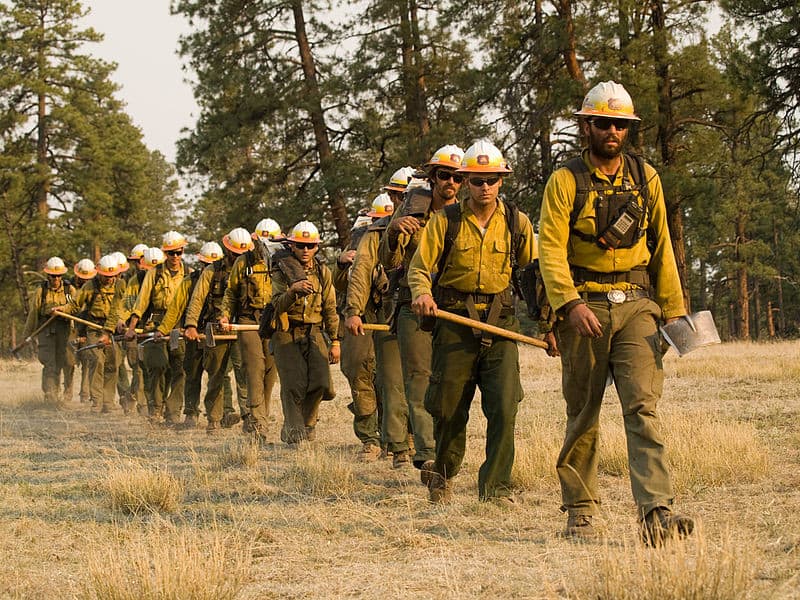


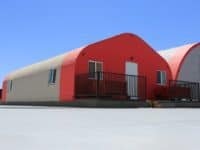

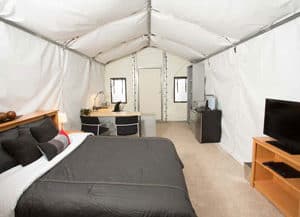

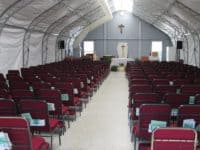
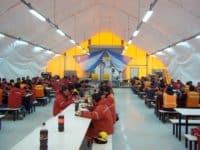
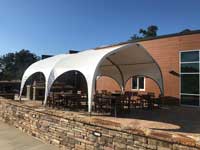
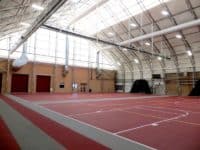

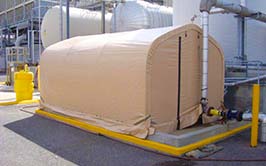

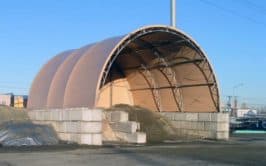
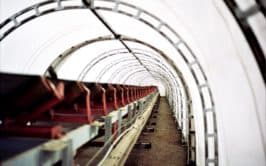
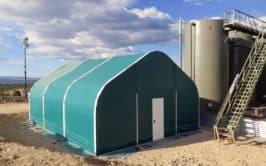


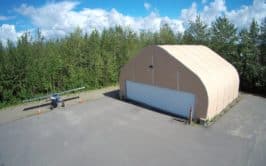
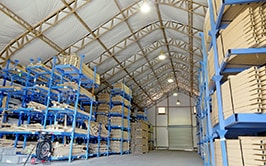
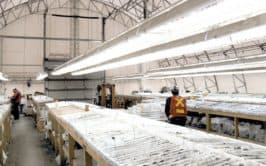
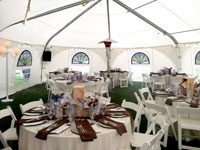
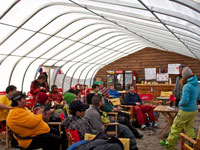

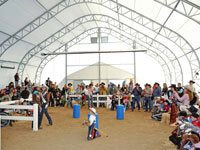
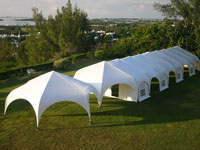

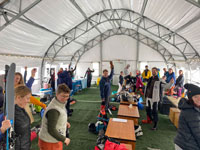
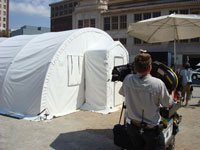
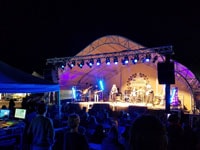




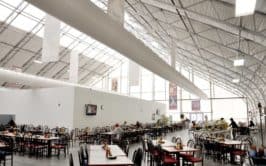

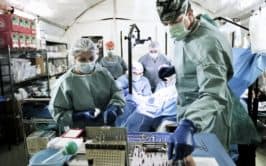




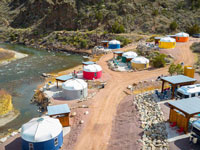
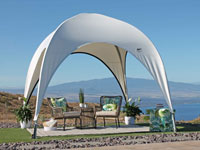

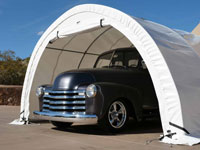
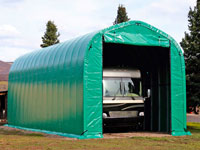




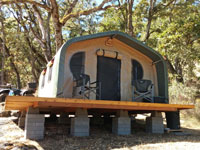
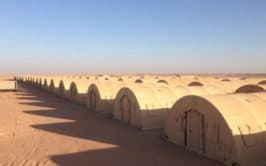
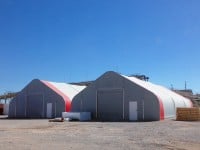
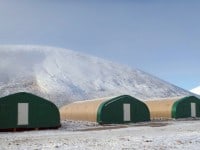
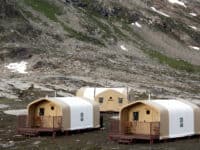
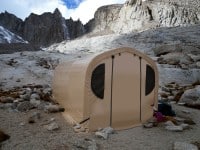
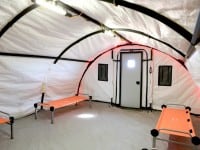
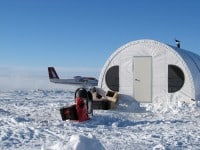
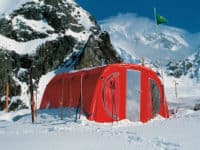
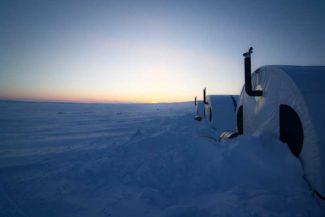

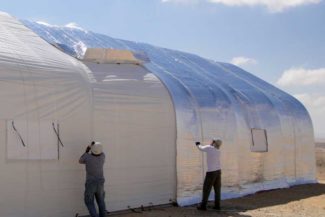


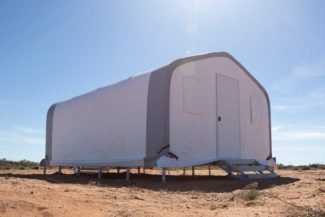

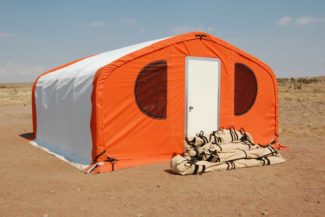




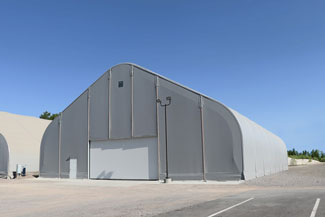

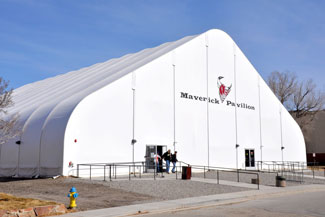
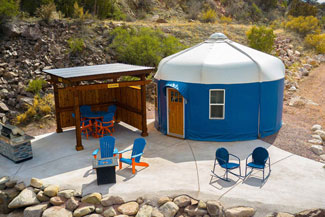
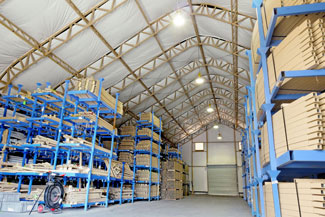

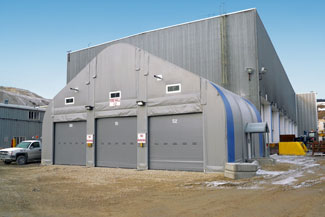
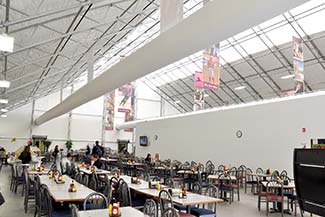

Leave a Reply